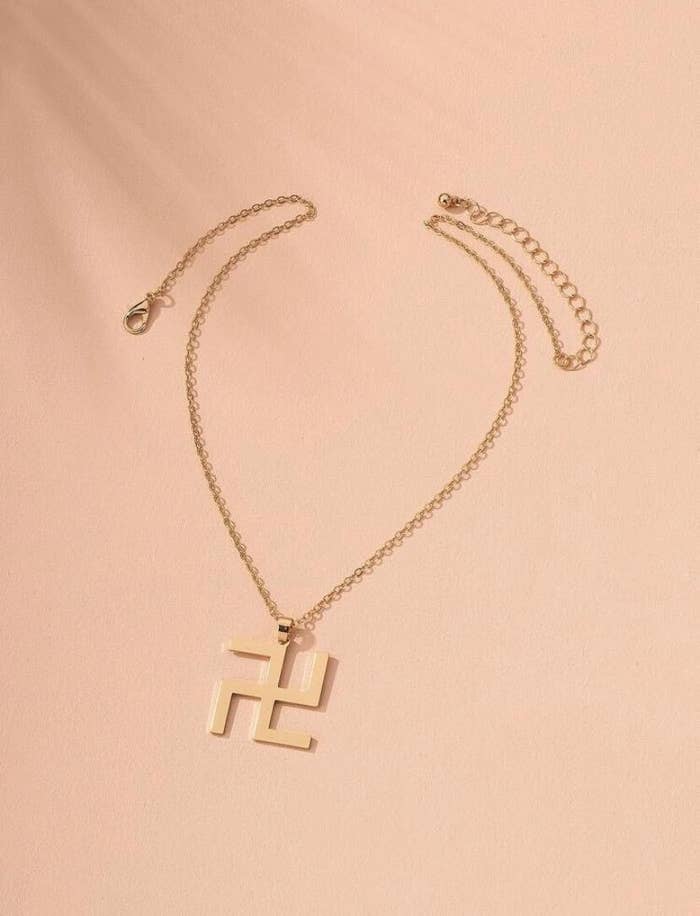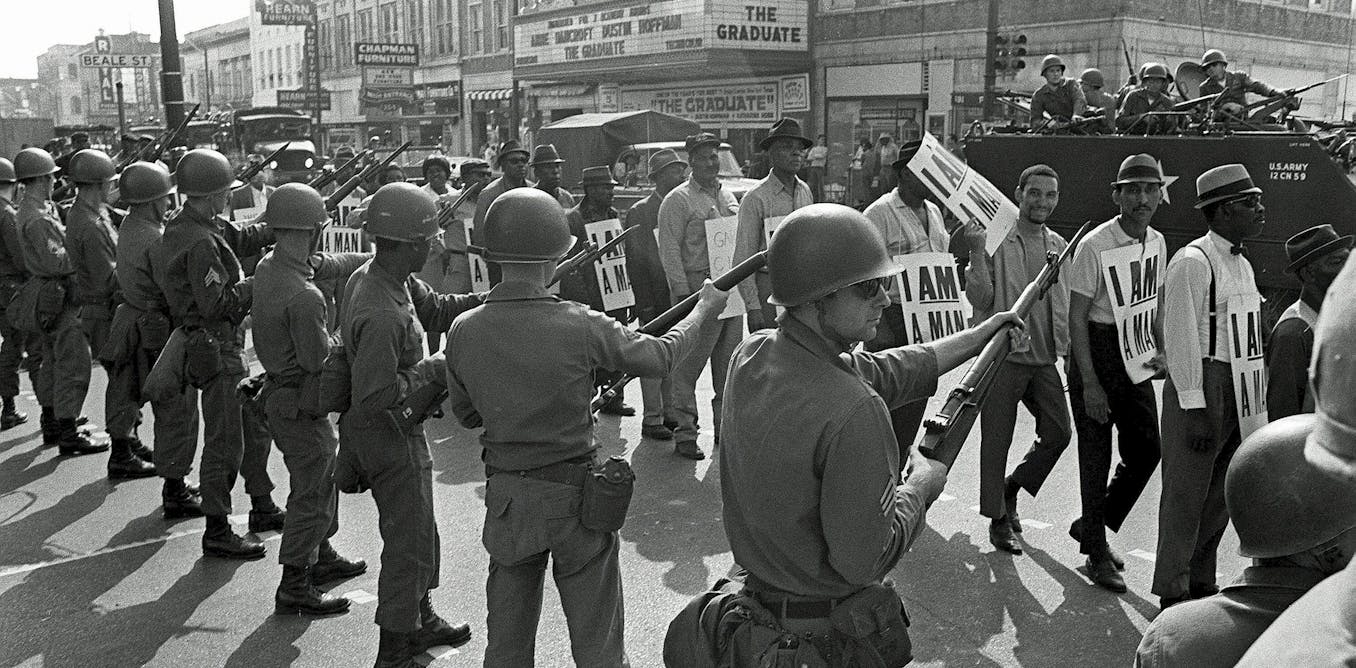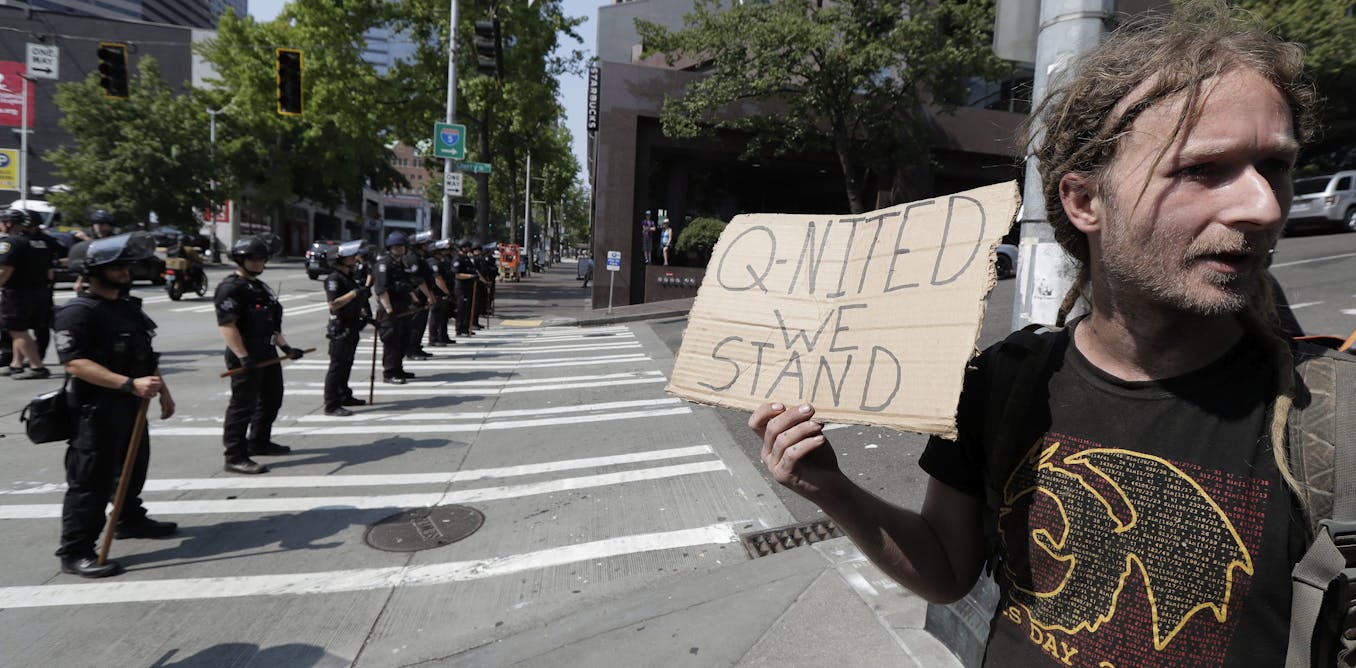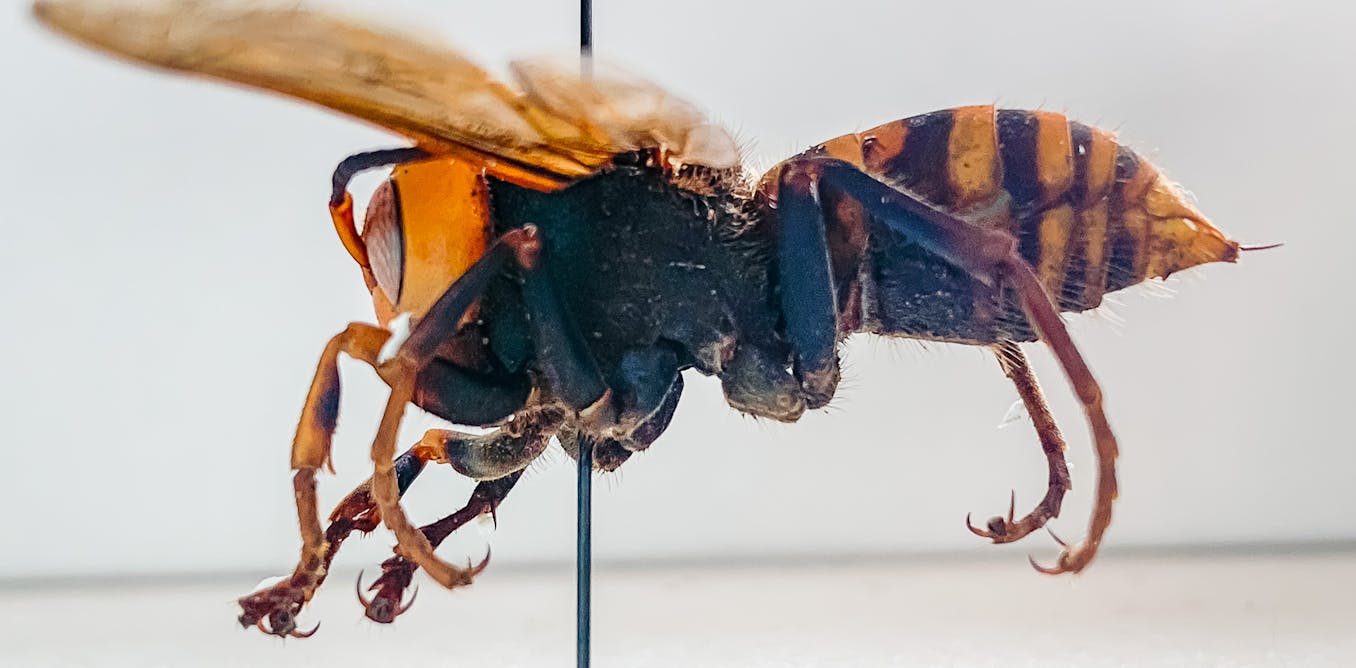Bob Unanue's comments at the White House have prompted a boycott from angry customers.
David Mack BuzzFeed News Reporter
Posted on July 10, 2020, a
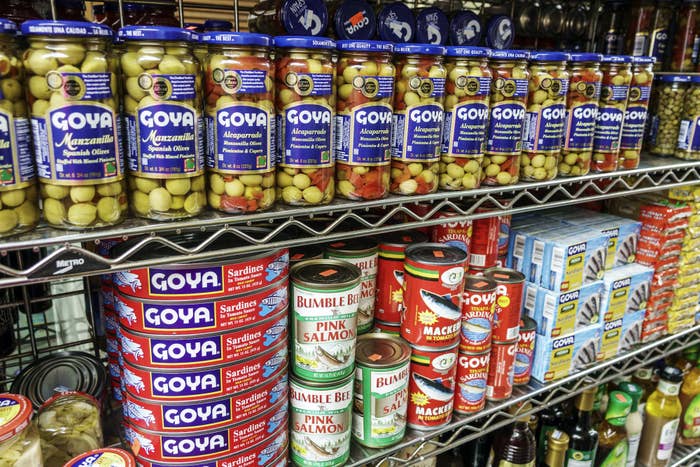
Jeff Greenberg / Universal Images Group via Getty
Posted on July 10, 2020, a

Jeff Greenberg / Universal Images Group via Getty
Goya Foods, a staple brand for Latino cuisine in supermarkets across the US, is facing backlash from some customers after the company's CEO heaped praise on President Donald Trump at a White House event on Thursday.
“We all truly blessed, at the same time, to have a leader like President Trump who is a builder,” Goya President and CEO Bob Unanue said at a Hispanic Prosperity Initiative event in the Rose Garden.
Unanue compared Trump to his grandfather, a Spanish immigrant who in 1936 started the company that now bills itself as the largest Hispanic-owned food company in the US.
"We have an incredible builder, and we pray — we pray for our leadership, our president, and we pray for our country that we will continue to prosper and to grow," he said
HE DOESN'T LOOK LIKE A RAPIST, OR MURDERER, OR....
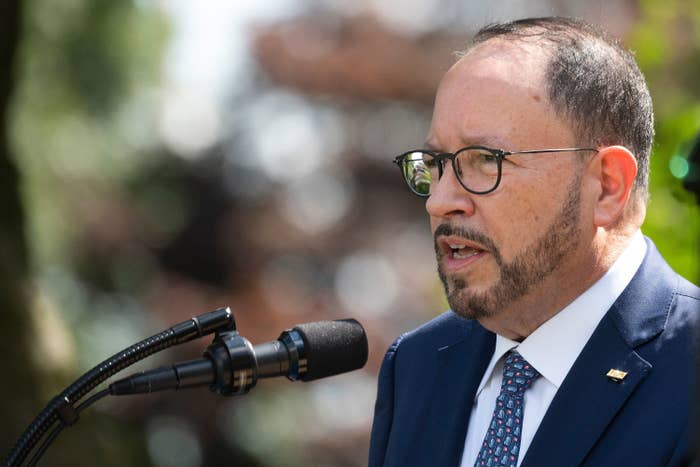
Jim Watson / Getty Images
Goya Foods CEO and President Bob Unanue speaking at the White House on Thursday.
But soon after his comments, Goya's social media channels were bombarded with people criticizing Unanue for lavishing admiration on a president they said had targeted Latinos with harsh immigration policies and used rhetoric describing Mexicans as "rapists."

Ricks Little Brother@RicksLittle
@GoyaFoods Dear Goya, I'm blessed to never have your racist brand in my home ever again. The end.09:33 PM - 09 Jul 2020
Reply Retweet Favorite

JenMcPenn@jenpenn22
@GoyaFoods How can a company marketed to the latin community support someone who has made such a show of hating us? Boycotting Goya saddens me but I cannot give my money to you any longer.08:51 PM - 09 Jul 2020
Reply Retweet Favorite

Ald. Carlos Ramirez-Rosa🏳️🌈🇵🇷@CDRosa
@GoyaFoods How dare your CEO get rich off our Latino and immigrant families and then turn around and support the president terrorizing our Latino and immigrant families. I guess his tax cut was more important than his customers. Vayanse a la mierda! #BoycottGoya12:10 AM - 10 Jul 2020
Reply Retweet Favorite

Johanna Cervone@johannacervone
Me crossing all the Goya products off my shopping list. #Goyaway11:50 PM - 09 Jul 2020
Reply Retweet Favorite
Former Democratic presidential hopeful Julián Castro was among those supporting the boycott.

Julián Castro@JulianCastro
.@GoyaFoods has been a staple of so many Latino households for generations. Now their CEO, Bob Unanue, is praising a president who villainizes and maliciously attacks Latinos for political gain. Americans should think twice before buying their products. #Goyaway https://t.co/lZDQlK6TcU10:09 PM - 09 Jul 2020
Reply Retweet Favorite
Rep. Alexandria Ocasio-Cortez also said she'd been making her own adobo from now own.

Alexandria Ocasio-Cortez@AOC
Oh look, it’s the sound of me Googling “how to make your own Adobo” https://t.co/YOScAcyAnC12:22 AM - 10 Jul 2020
Reply Retweet Favorite
Hamilton creator and star Lin-Manuel Miranda also joined the homemade adobo campaign.

Lin-Manuel Miranda@Lin_Manuel
We learned to bake bread in this pandemic, we can learn to make our own adobo con pimienta. Bye. https://t.co/qKHNYfkqCq01:46 PM - 10 Jul 2020
Reply Retweet Favorite
But speaking to Fox News' morning show Fox & Friends on Friday, Unanue was defiant.
"It's suppression of speech," he said.
Unanue said he had previously worked with Michelle Obama when she was first lady, and he agreed with a Fox News host who said there was a double standard.
“So you’re allowed to talk good or to praise one president, but you’re not allowed — when I was called to be part of this commission to aid in economic and educational prosperity and you make positive comment, all of the sudden that’s not acceptable," Unanue said.
"So I’m not apologizing for saying — and especially when you’re called by the president of the United States, you’re gonna say, ‘No, I’m sorry, I’m busy. No, thank you,’" he added. "I didn’t say that to the Obamas and I didn’t say that to President Trump.”

David Mack is a deputy director of breaking news for BuzzFeed News and is based in New York.
Play


